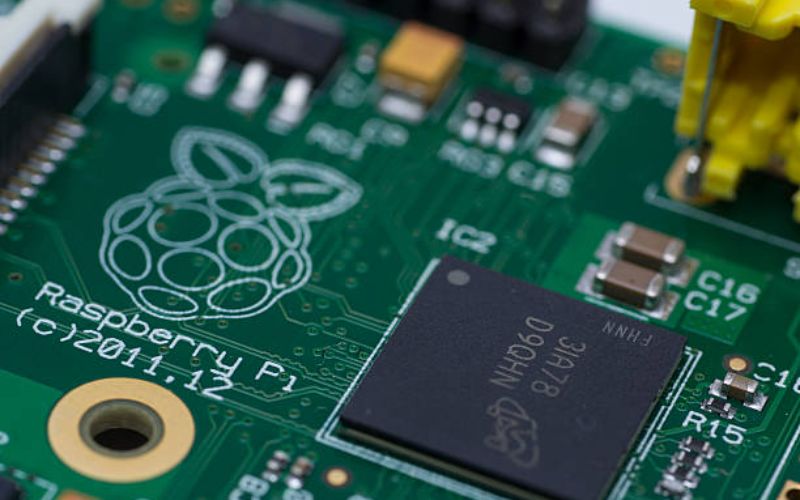Introduction
Heatsinks are an essential part of any electronic device that generates heat. They are used to dissipate heat away from the device and prevent it from overheating. But Do heatsinks need airflow? to function properly? In this article, we will explore this question and provide a comprehensive answer.
What Is a Heatsink?
A heatsink is a device that is used to draw heat away from a component and dissipate it into the surrounding air. It is usually made of metal and has fins that increase the surface area for heat dissipation. Heatsinks are commonly used in electronic devices such as computers, laptops, servers, and mobile phones.
How Do Heatsinks Work?
Heatsinks work by transferring heat from a hot component to the surrounding air. This is achieved through conduction, where heat is transferred from one solid to another. The heatsink absorbs the heat from the component and disperses it through its fins, which provide an increased surface area for cooling.
Do Heatsinks Need Airflow?
Yes, heatsinks need airflow to function properly. This is because the process of heat dissipation relies on the transfer of heat from the heatsink to the surrounding air. Without airflow, the heatsink will not be able to release heat into the environment, and the component will continue to heat up until it reaches a critical temperature.
Does Airflow Affect Heatsink Performance?
Yes, airflow has a significant impact on heatsink performance. The amount of airflow around the heatsink affects the rate of heat transfer from the component to the heatsink. A higher rate of airflow will result in better cooling performance, while lower airflow rates may cause the heatsink to become less effective.
What Is the Ideal Airflow for Heatsinks?
The ideal airflow for heatsinks depends on the type of heatsink, the size of the component, and the ambient temperature. In general, a higher airflow rate is better for cooling performance, but there is a limit to how much airflow is necessary. A well-designed heatsink should be able to function effectively with airflow rates in the range of 2-5 meters per second.
What Happens If Heatsinks Don't Have Enough Airflow?
If heatsinks don't have enough airflow, they will not be able to dissipate heat effectively. This can cause the component to overheat and malfunction, leading to a range of problems from reduced performance to complete failure. Over time, this can also lead to permanent damage to the component and reduce its lifespan.
How Can You Improve Heatsink Airflow?
There are several ways to improve the airflow around heatsinks. One of the most effective methods is to install fans to create a forced airflow over the heatsink. This can significantly improve cooling performance and prevent overheating. Additionally, ensuring that the heatsink is correctly mounted and using high-quality thermal paste can also help to improve airflow and cooling performance.
Conclusion
In conclusion, heatsinks do need airflow to function properly. Without airflow, they will not be able to dissipate heat effectively, resulting in overheating and potential damage to the component. Ensuring that there is adequate airflow around heatsinks can significantly improve cooling performance and prevent damage to electronic devices.

